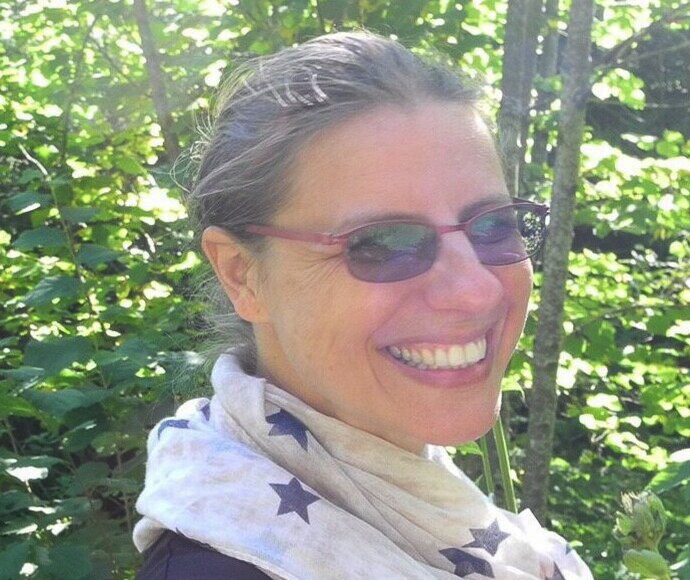Strategy + Science: Janina's diverse career
Recently, we sat down for a chat with Dr Janina Beyer, a Principal Project Officer. She started her career in fish biology but has worked in many different areas. These include: research in human health, genetics, pest species management, ecotoxicology and working in industry, assessing impacts from mining.

Tell us about your current role
To summarise what my main expertise is, I'd say: strategic thinking in chemical risk assessment, with a passion for emerging contaminants.
I recently moved into a new role and my focus is developing and driving new opportunities and partnerships with existing and new stakeholders to protect the environment and us from harmful chemicals. I do this by leveraging and integrating the expertise across the teams in the branch. This role allows me to combine strategic thinking with my diverse scientific background.
Some other fun work I've been involved in has been collaborating with other jurisdiction as part of the National Chemicals Working Group in developing national guidance for the PFAS National Environmental Management Plan. Perfluoroalkyl and Polyfluoroalkyl Substances (PFAS) are the chemicals in firefighting foams but they're also in other lots of other products.
What does a normal day look like?
Lots of meetings. These are generally online. But now that COVID restrictions are no longer, it's great to get out and be part of workshops in person as well. I spend most of my time working with the teams in the Branch and contributing to scientific working groups… and I also write plans or review reports.
"My love of nature and hiking is what drives me."
"It's been great over my career to have managers and leaders in the organisation I worked for include me in lots of meetings and activities so I could get to know people and find opportunities."
Go on, tell us a fun fact about you
I was born in Germany, grew up in Sri Lanka and I've lived or worked in nearly every state or territory in Australia. I'm also passionate about getting out in nature and making art. I try to combine the two whenever I can (you can check out my page on Instagram, called naturebefree).
What's your favourite thing about working with the department?
The work environment and people in the team. I enjoy the supportive nature of the people. Also, there's such diverse work and I appreciate that I get a chance to do different roles and learn new things.
Why science? What sparked your interest?
I probably have a hidden science fan gene I was born with. Maybe living in different countries as I was growing up and being someone that likes to dabble in lots of different things is what has taken me down the science path. I like putting different sciences together. It's great in this role that I get to look into issues around human health, ecosystems, fish, water quality, soil, wildlife… as well as things such as chemicals in plastics and products and what that means for human and ecosystem health.
What problem are you trying to solve right now?
My role now is strategic planning and I'm keen on fostering more collaboration between different science areas to achieve better outcomes for the environment and communities.
Another passion of mine is emerging contaminants; what chemicals are going to be the next issue we need to deal with. With new chemicals being created all the time, we need to think about where they are used, how they are used, where they are in the environment or waste streams, and how we are going to manage them.
What has helped you most in your career?
The individuals that have supported and enabled me in my career. The branch I'm in is supportive of training and getting new experiences, for example through Expressions of Interest to do a secondment or act in a different role; which is actually what I am doing at the moment.
It's been great over my career across research, consulting, and government to have supportive managers and leaders that I worked for include me in lots of meetings and activities so I could get to know people and find opportunities.
How can we encourage more women and girls in STEM?
By providing access to leadership programs and integrating leadership programs and discussions with people of all genders. I think this would build greater empathy around diversity challenges and opportunities.
Find out more
- Instagram: 'naturebefree' and 'naturebefree.art'
- Janina on LinkedIn
- Environmental research
- What are my responsibilities in removal and remediation of contaminated sites?